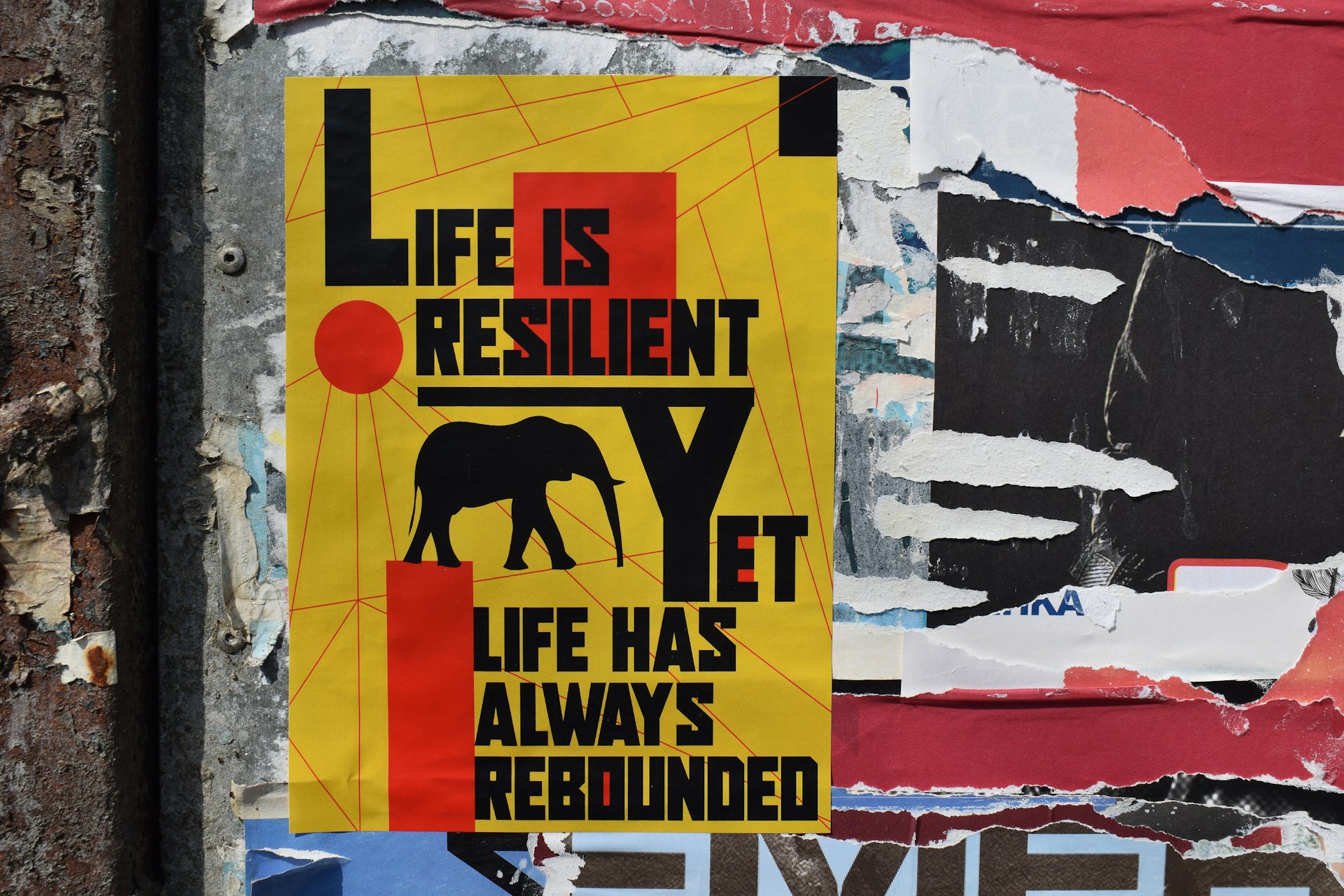Longevity, Personalization, and the Next Wave: Shaping the Future of Wellness Lifestyle Brands

Photo by Tuyen Vo on Unsplash
The New Era of Wellness: Defining the Future of Lifestyle Brands
The wellness industry is undergoing a transformational shift. Consumers are moving past trends that promise quick fixes and are instead seeking holistic, science-backed solutions for long-term vitality and well-being. In 2025 and beyond, wellness lifestyle brands that succeed will be those that embrace longevity , personalization , and technology to deliver measurable improvements in health and quality of life [2] [3] .
Longevity: The Central Promise of Modern Wellness
Longevity is not just about living longer, but about extending the years spent in good health-free from chronic disease and with sustained energy and mobility. This shift is clear: according to recent industry research, 52% of consumers expect their health to improve over the next few years, and they are prioritizing proactive solutions over reactive fixes [2] .
Brands are responding with products and services that target cellular repair, immune support, metabolic health, and preventive care. For example, protocols such as strength training, recovery tools, IV therapies, and advanced supplementation are gaining mainstream traction [3] . Well-known athletes and celebrities are fueling demand, but companies of all sizes can participate by:
- Offering educational content on healthy aging and practical longevity protocols.
- Partnering with health professionals to deliver evidence-based programs.
- Creating subscription models for ongoing wellness support, such as personalized supplement plans or regular virtual coaching sessions.
To access these services, consumers can search for evidence-based longevity clinics, explore partnerships through health technology providers, or inquire at local wellness centers. Many organizations list certified partners and practitioners-search for “longevity wellness clinics” along with your region for reputable options.
Personalized Wellness: Tailoring Solutions to the Individual
The future of wellness is personalized . Technology now enables brands to offer solutions that adapt to the unique biology and lifestyle of each consumer. Wearable devices, from Oura Rings to Apple Watches, are translating complex health metrics-like sleep cycles, heart rate variability, and recovery rates-into actionable daily insights [1] [4] .
Personalization is being driven by:
- Wearable devices and health tracking apps that gamify wellness and provide feedback loops.
- AI-powered nutrition and fitness plans based on genetic and biometric data.
- Predictive analytics that help identify at-risk populations for targeted interventions [4] .
For consumers seeking personalized wellness, the following steps are recommended:
- Start by researching the most reputable wearable devices; many offer direct-to-consumer options with robust privacy policies.
- Consult with a licensed health professional to interpret data and build a tailored wellness plan.
- Explore health platforms affiliated with established technology companies or medical institutions for evidence-backed personalization.
Be aware that while the technology is rapidly improving, privacy and data protection remain important considerations. Always verify the legitimacy and data handling practices of any platform or device provider.
Augmented Biology and Tech-Enabled Optimization
The intersection of biology and technology-sometimes called “augmented biology”-is expanding what’s possible in both performance and self-optimization . Once available only to elite athletes and biohackers, these tools are now reaching broader markets [3] [5] .
Examples include:
- GLP-1 weight-loss injectables (e.g., Ozempic, Wegovy) being prescribed off-label for metabolic health.
- NAD+ IV therapies and peptide supplements for cellular repair and recovery.
- Continuous glucose monitoring (CGM) subscriptions-even for non-diabetics-used to optimize diet and energy.
- Full-body red light therapy beds and at-home hyperbaric oxygen pods for enhanced recovery.
Accessing these advanced therapies typically requires:
- Consulting with a licensed medical practitioner who specializes in integrative or functional medicine.
- Reviewing published clinical evidence and safety data, often available on official medical association websites or via peer-reviewed journals.
- Ensuring any clinic or provider is certified and adheres to local regulatory standards.
If you are interested in these therapies, search for “integrative medicine clinics” or “biohacking wellness centers” along with your city and review practitioner credentials carefully before making decisions.
Sustainability, Urbanization, and Mental Health Integration
As wellness brands plan for the future, sustainability and urban adaptability are becoming critical differentiators. The movement toward eco-friendly living and the need for solutions that fit into urban lifestyles are driving innovations in product design and service delivery [4] .
Brands are investing in:
- Eco-conscious packaging, plant-based ingredients, and reduced resource consumption.
- Urban wellness hubs offering accessible fitness, nutrition, and community events.
- Integrating mental health support through apps and in-person services-addressing stress, burnout, and the need for work-life balance.
Consumers in urban areas can access these services by:
- Exploring local wellness studios or community centers that offer group classes, meditation sessions, and workshops.
- Seeking out brands with published sustainability reports and verified eco-friendly certifications.
- Utilizing telewellness platforms for mental health counseling, many of which are accessible through employer benefits or public health agencies.
For sustainability credentials, look for third-party certifications such as “Certified B Corporation” or “USDA Organic,” and consult official government or NGO directories for a list of recognized programs.
Actionable Steps: How to Engage With Modern Wellness Brands
To fully benefit from the advances in wellness, both consumers and businesses must take proactive steps:

Photo by bruce mars on Unsplash
- Identify your primary wellness goals-longevity, performance, mental health, sustainability, or a combination.
- Research reputable brands, looking for those that publish transparent data, have certified practitioners, and use evidence-backed approaches.
- Consult with a healthcare professional before starting new therapies, supplements, or fitness protocols.
- Subscribe to wellness platforms that offer personalized programs-many provide free trials or consultations.
- Monitor your progress using wearable technology or digital health tracking apps to ensure you’re receiving measurable benefits.
When searching for wellness solutions, use terms like “personalized wellness,” “longevity clinic,” “wellness technology,” or “urban wellness hub” along with your location. If you are seeking mental health support, you can find licensed therapists and counselors through your local health department or by visiting major national counseling organizations.
Challenges and Alternative Approaches
While the future is bright, there are considerations and challenges to be aware of:
- Not all new therapies are backed by long-term data; always check for recent clinical studies and regulatory approvals.
- Personalized solutions may involve sharing sensitive health data-review privacy policies thoroughly.
- Some advanced therapies may be costly; many communities offer group-based wellness programs or subsidized health resources as alternatives.
- Urban wellness options may be limited in certain regions-consider telewellness platforms or at-home solutions if accessibility is an issue.
Alternative approaches include adopting evidence-based nutrition and fitness routines, building community support networks, and leveraging free public health resources for foundational wellness.
References
- [1] Glimpse (2025). Top 40 Health & Wellness Trends of 2025.
- [2] BAMKO (2024). Elevate Your Brand with 2025’s Hottest Wellness Trends.
- [3] Trainerize (2025). The Top 10 Wellness Trends 2025.
- [4] Ubertrends (2025). 10 Lifestyle-Trends Shaping Our Future in 2025.
- [5] Global Wellness Summit (2025). The Future of Wellness: 2025 Trends.



